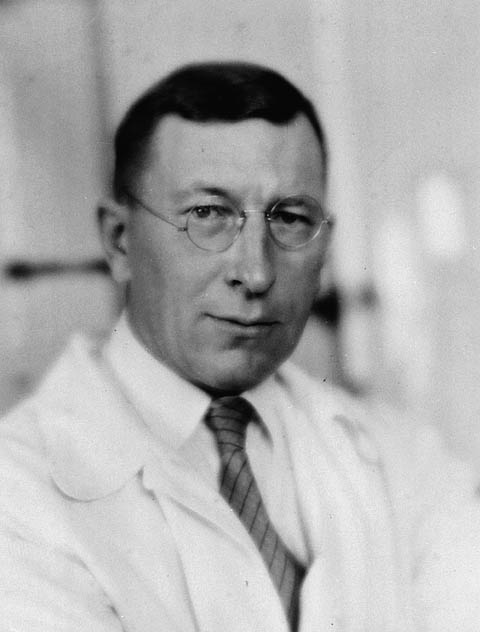
I learned of Trudeau’s death when taking a few minutes to grab a coffee in the parents’ lounge on the Pediatric Ward. It was my third day there – I’d been sleeping on the floor by R.’s bed each night until, finally, one of the nurses suggested I see if a bed was available in the parents’ quarters just down the hall. I suppose they’d hoped I’d go home each night but that wasn’t going to happen until I was sure she was out of the woods.
It was something I had to do. The thought of her waking up in the night – and she was being woken up two or three times a night for blood work at this point – surrounded by strangers was not a good one. After all she’d been through, the least I could do was be there when the nurse came around to take a little blood.
Once R stabilized on the insulin and her fluids were back up, they took out the IV. It had been very handy for all the blood tests needed to keep up on her metabolic state of affairs but IV sites are notorious for infections. So, for some blood work they could get enough by warming up her fingers and using a large lancet, milking the blood into small vials. For most of it, though, the quantity needed really called for getting it from the arm. The inside of her elbows were getting pretty chewed up from all the needles the blood work required.
On the third night it was a new nurse who came around with the tray. She seemed a bit put out at having to come to the ward – maybe she’d planned a nice quiest night, maybe she’d been held over on her shift, I don’t know but there was an attitude I hadn’t seen in any of the other blood-letters.
She grabbed R.’s arm, looked at it, snuffed. Went to the other side and grabbed that arm, snuffed again. With a heavy sigh she took up her needle and started the tie-off. She inserted the needle, muttered – she’d missed, pulled it back a bit and pushed again, muttered, pulled it back and angled another way. By now R was getting distinctly uncomfortable and was whimpering. I was appalled at what I was seeing and gripped the bed rail to keep from leaping across the bed to grab the woman by her throat.
She clumped over to the other arm and started again. Same thing, pulling back and angling another way, pulling back, angling. R was in tears now. The nurse just tossed her gear on the tray and said someone else would have to give it a try, she wasn’t getting anywhere and off she went. I was shaking by this point, followed her out and went to the nurse station.
“I don’t ever want that woman to touch my child again.” The nurses looked up in total surprise. They had grown used to my being there, sleepy at times, encouraging always and making little humorous comments to keep spirits up but this time I was white. “If she comes near R., I will put her through the wall.” One of the nurses came with me and took a look at my dear’s little arms which were actually swollen to the point she couldn’t bend them anymore. I described what I had seen. The nurse said that I could have told her to stop at anytime and that protocol is if the needle misses on the first try, it is to be removed completely and the other arm used.
She called up another phlebotomist – a sweet, obviously gay male nurse. He took a look and was shaking his head. They’d have to use finger vials because there was no way any of her arm veins could be used with all the swelling there. He apologized profusely and said he would make sure to take care of R. himself from now on for any night time blood work.
The ward nurse confided to me that the other leech, the night butcher, as I took to calling her, had a reputation for being impatient with children. She wasn’t usually called out to the ped’s ward. All I knew is she wasn’t going to be allowed within sight of me for a very long time.

